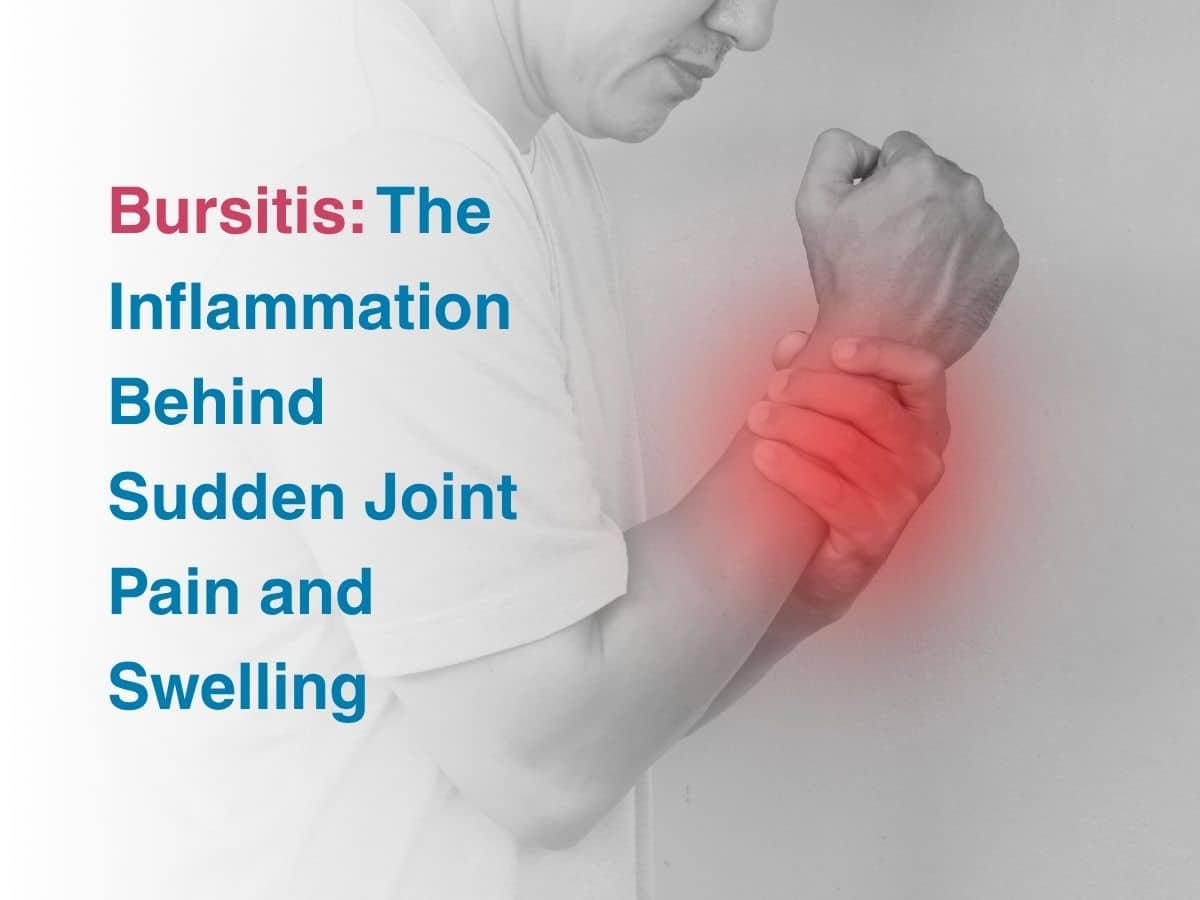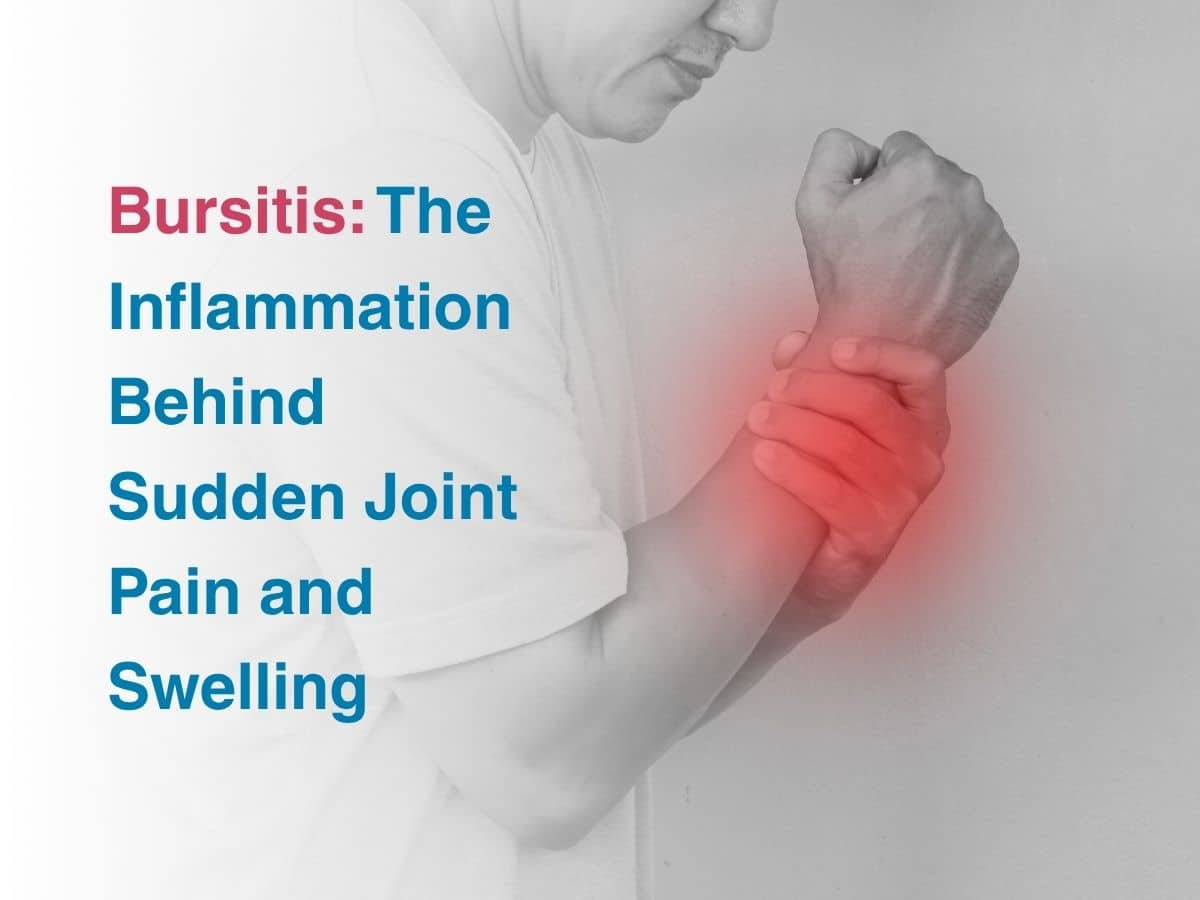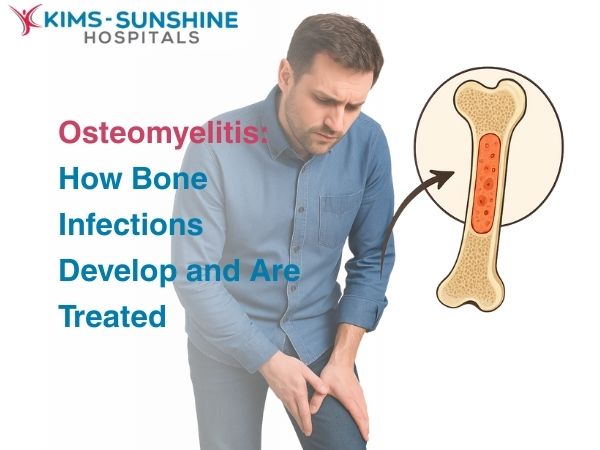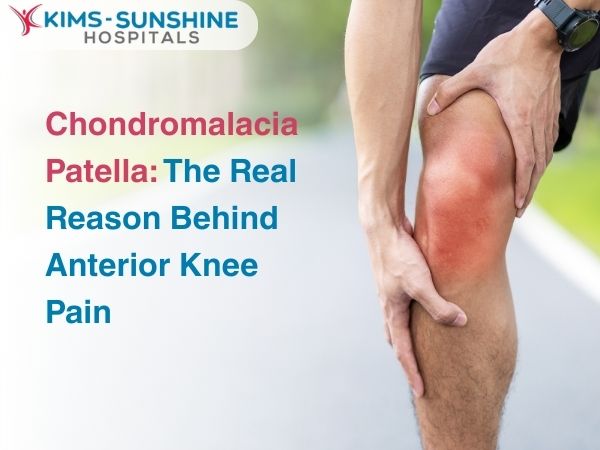
Bursitis: The Inflammation Behind Sudden Joint Pain and Swelling
 The bursa are small bags of synovial fluid, found in different parts of the body- where friction between joints can occur. There are hence about 150 bursae all over and many of them are concentrated at the shoulder, hip, knees, buttocks, feet and the elbows, as these are the regions where maximum friction and force are present during everyday movement. Without these bursae, you won’t have smooth movement of the various joints in the body. When these bursae get inflamed due to injury, infection or repetitive strain, it can cause a condition called bursitis.
The bursa are small bags of synovial fluid, found in different parts of the body- where friction between joints can occur. There are hence about 150 bursae all over and many of them are concentrated at the shoulder, hip, knees, buttocks, feet and the elbows, as these are the regions where maximum friction and force are present during everyday movement. Without these bursae, you won’t have smooth movement of the various joints in the body. When these bursae get inflamed due to injury, infection or repetitive strain, it can cause a condition called bursitis.
What Is Bursitis?
When the bursae containing synovial fluid get inflamed and painful, it is called bursitis. Bursae are commonly found between muscles, tendons and the skin and the pain you feel may be minor at first, but can worsen over time, as more strain piles up and makes conditions worse.
Causes Of Bursitis In Joints-
Apart from traumatic injuries and infections which are rare, the most common causes for bursitis include straining and repetitive usage of certain joints. Poor posture is a major problem. People who play certain musical instruments or bend over or use repetitive motions throughout the day are more vulnerable to damage to the bursae. The risk is substantially higher when you suffer from other chronic conditions like diabetes, thyroid disease or arthritis, as the joints can get inflamed because of this condition.
Symptoms Of Bursitis-
If you have bursitis, you may display the following symptoms-
- Extremely sharp pain when you move the affected part of the body
- Your range of motion will be limited
- You will notice swelling and tenderness of the affected region.
If an infection is causing bursitis, then you may also have a fever, chills or discolouration of the skin in a particular area.
Common Sites Of Bursitis (Shoulder, Hip, Knee, Elbow)-
Though bursitis is the common name for the overall condition, your doctor may use a more specific name, which will give you information about which region of your body is affected. Let us look at some of the common sites of bursitis and their names below-
- Shoulder– Subacromial bursitis- when you throw or lift items often. This is because it is above the level of the head and can cause undue strain.
- Elbow– Miner’s elbow- when you lean on your elbow often, you may cause it to wear down excessively.
- Hip– Trochanteric bursitis or iliopectinal bursitis- when you stand for too long or run often.
- Knee– Prepatellar Bursitis- when you bend your knee too often, this can strain the bursae located there.
- Feet– Achilles bursitis- the big toe or the ball of the foot can get affected in such cases.
- Buttocks– Ischial bursitis or weaver’s bottom- If you sit for too long on hard surfaces, then you may have this pain.
Diagnosis Of Bursitis (Ultrasound, MRI)-
Your doctor may ask you to get some imaging done- to understand the extent of injury and location in greater detail. They will also do a physical exam. X-rays, ultrasound scans and MRI can be used to detect swollen bursae and to check for other conditions which may cause pain. Blood culture tests may be done if an infection is suspected. They may also take a sample of the fluid from the infected bursae to check it more carefully and this is called an aspirate or aspiration.
Treatment Options For Bursitis-
The RICE method is very useful in dealing with bursitis pain- where you rest, apply ice and elevate the affected leg or area. You can also take painkillers to help reduce the pain. You can wear a splint or brace to keep the limb supported and pain free. The good thing with bursitis is- it mostly responds pretty well to home remedies.
Conclusion
Chronic bursitis management involves understanding the root cause of the condition. You will be prescribed medications like painkillers, physical therapy and even antibiotics – if an infection is what has caused bursitis for you. Corticosteroid injections may also be given to reduce pain. If no conventional treatments seem to be working, your doctor may recommend surgical removal of the affected bursa.






